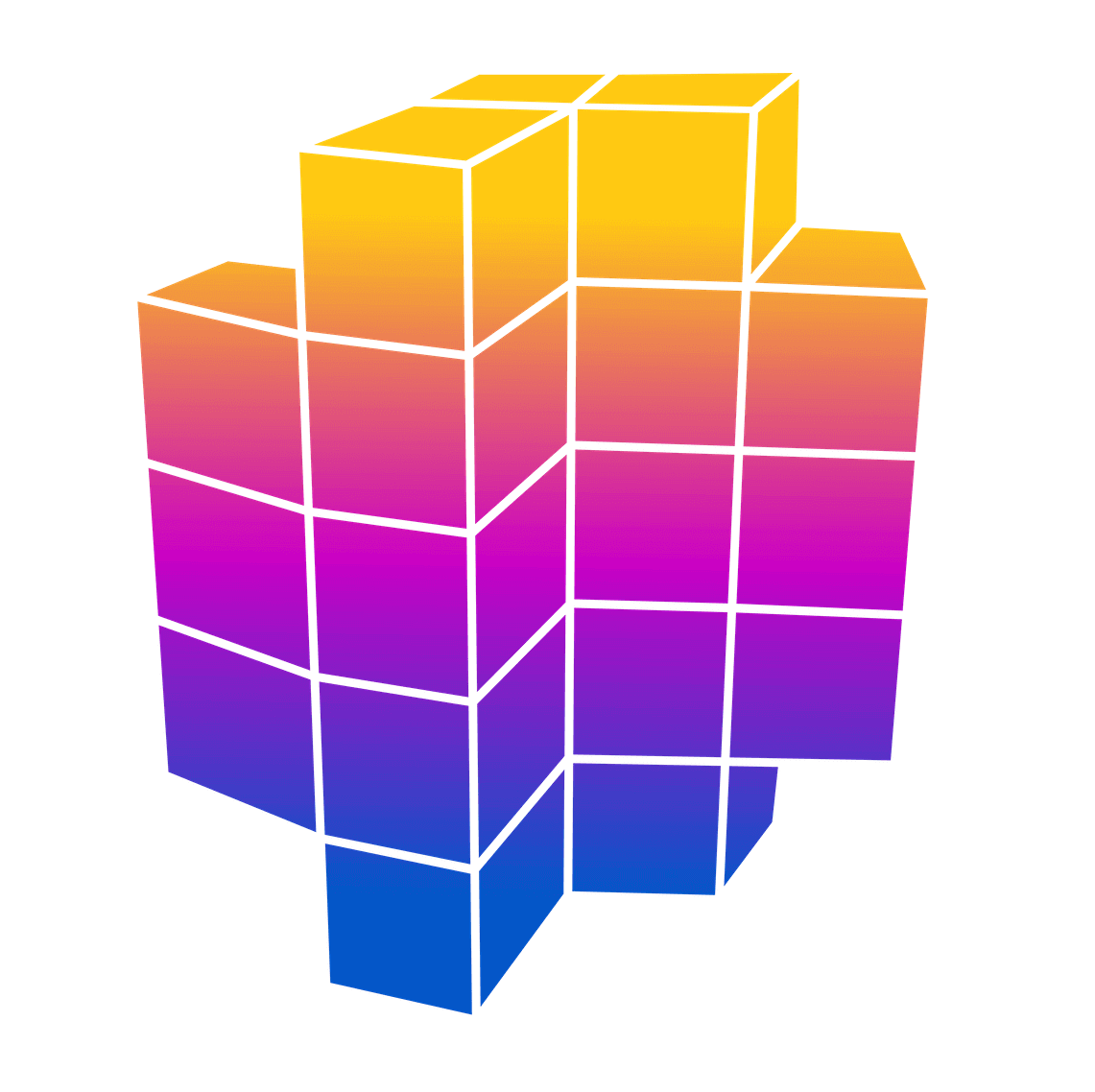Phased Array Modelling for Ultrasonic Applications
Forward simulation of elastic wave propagation is a computational technique that can be used to model the behavior of ultrasonic waves generated by phased array transducers. These simulations allow researchers and engineers to understand and optimize the performance of phased array systems before physical implementation.
A simulation allows one to understand the complex nature of an ultrasonic wave, including the different wave modes propagating through a material, origins of unknown echoes and variations in amplitude of the A-Scan.
In this case study we will demonstrate a basic example of how the focal point can be changed by using different time delays for the individual elements in a linear ultrasonic phased array probe.
Simulation Set-up
The transducer used is a 5 MHz linear array, having 10 elements with a length of 6 mm and a 0.6 mm pitch. No wedge is used in this simulation and the probe is placed in direct contact with the glass plate specimen. The glass plate has a longitudinal (L) wave velocity of 5766 m/s, and a shear (S) wave velocity of 3450 m/s. The glass plate is 20 mm thick and 80 mm wide.
A 2D simulation was set up to run for 5 microseconds for 3 different focal lengths, which is enough to see the first reflection of the L-wave from the backwall.
Results
The compute time for each of these simulations is less than 5 seconds using a typical laptop (2024 MacBook Air). The propagating modes are split and visualized as the L- and S-waves below using ParaView.
This first video shows the 5L10 transducer with the focusing depth set to 10 mm.
In the second simulation we change the focusing depth to 5 mm.
Finally, the third simulation shows setting the focusing depth to a larger value (here changed to 100 mm). The wavefield here is similar to a conventional transducer.
Conclusion
Through Salvus simulations, ultrasonic focusing can be evaluated and optimized in a reduced time frame. This simulation capability allows for new insights to be gained to predict the performance of phased array transducers and optimize its array parameters, and serves as an educational tool for understanding phased array principles and behavior.
You can see practical experiments similar to our simulations over on NDT.net with Ed Ginzel's excellent series of photo-elastic visualizations.
 Mondaic
Mondaic

